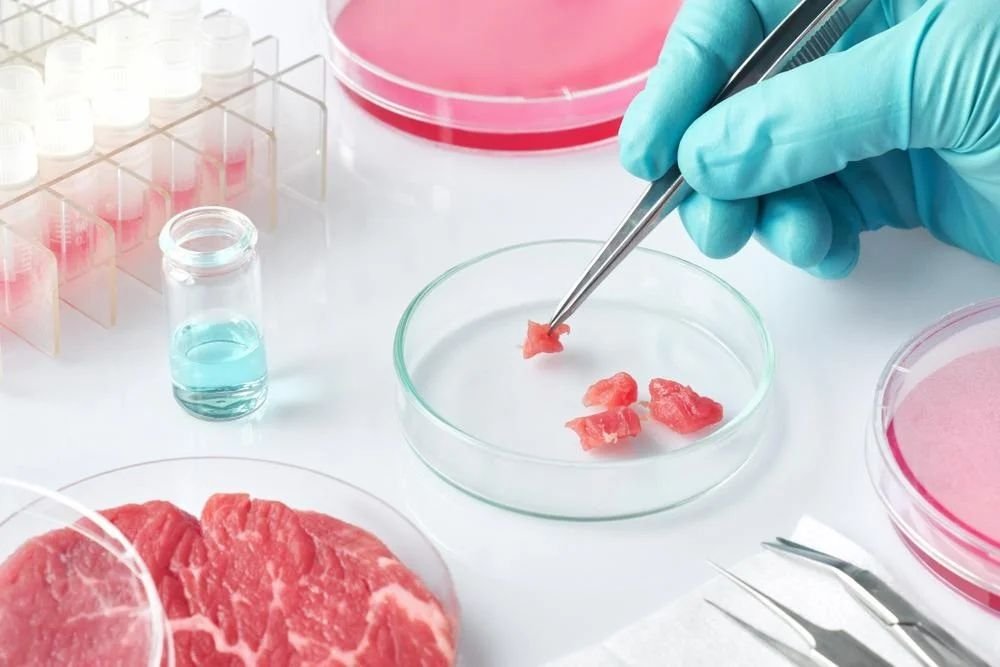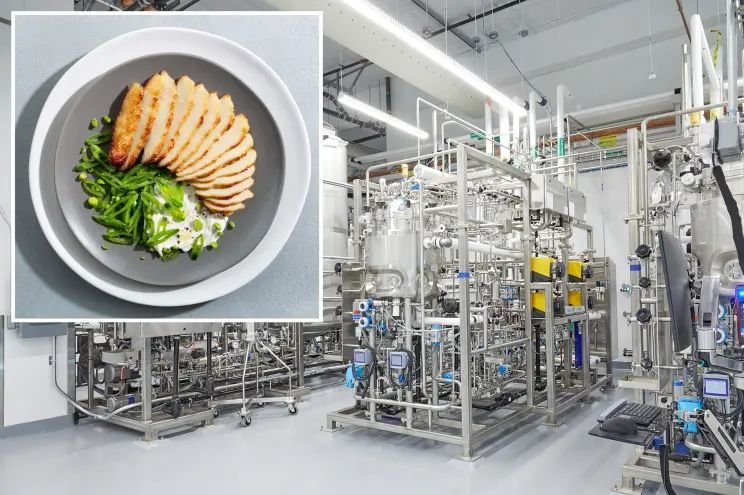While billions of dollars have been put into developing lab-grown meat firms, the sector is facing a major reality problem: scaling up and breaking into the general market.

For years, firms have promised to turn the meat industry on its head with goods grown in a lab using animal cells rather than killing methane-producing cattle on a large scale.
But, thus far, no one has cracked the fundamentals.
In other words, it is unclear if the companies will be able to create lab-grown meat on the greatest possible scale and at the lowest possible cost over the next decade, meaning we’re still many years — and one plausible business model — away from being able to pick up a lab-grown meat burger patty at the local grocery store for a reasonable price.

Analysts see a possible alternative strategy that has a greater chance of success: hybrid goods that utilize both animal cells and plant-based proteins.
Eat Just has taken some significant measures towards making its developed hybrid chicken product available to the general public. It has begun selling the cutlet in Singapore, the world’s only country that allows the sale of lab-grown meat.
Even with hybrid goods, scaling up is challenging, owing in part to the complexity required in maintaining a sterile environment.

Upside, lab-grown meat company, has failed to create substantial amounts of its product and is still a long way from meeting its pilot plant’s aim of 400,000 pounds and hasn’t even met its 2021 goal of 50,000 pounds.
Despite the shortcomings, others are steadfast in their belief that lab-grown meat is the answer to the world’s climate woes and growing population. But getting to the point where lab-grown meat alternatives can make a meaningful dent in the global demand for meat will require companies to clear many more hurdles.
Reference- The Wall Street Journal report, Eat Just website, Upside Foods, Futurism, Interesting Engineering, Horizon






